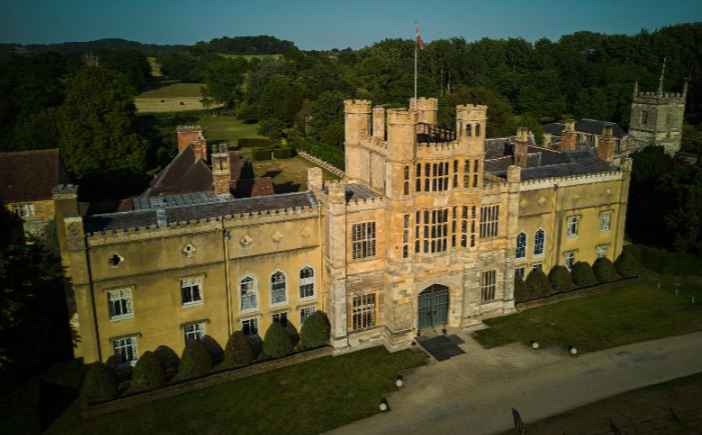The Lake District is now officially a World Heritage Site putting it alongside iconic Taj Mahal, the Great Barrier Reef and the Grand Canyon as a site of global, cultural and historical significance.
Not only is it the only UK National Park that is entirely a World Heritage Site, but it's also the UK's largest World Heritage Site at an immense 229,200 hectares and Cumbria is now home to TWO UNESCO World Heritage Sites. In the north of the country, Hadrian's Wall forms the Frontiers of the Roman Empire site so there has never been a better time to explore Cumbria and immerse yourself in two of the most unique and inspiring regions you're likely to find anywhere on the planet.
Why is the Lake District is a special place?
The diversity of our landscape; natural landforms overlaid with thousands of years of human activity have made the Lakes the iconic scene it is today, the iconic scene which UNESCO have rewarded with World Heritage Status.
- Lakes, tarns and rivers … of course! It's in the name. The lakes and tarns in our county give the Lake District a quality of scenery found nowhere else in the UK.
- Ancient woodlands Our landscape has plenty of natural and semi-natural woodlands, adding colour texture and variety to the mountains, fells and lakeshores. The presence of the wood pasture, pollards and old coppice woodland form part of the rich industrial, agricultural and cultural legacy of the Lake District National Park.
- Wealth of wildlife The Lake District is unique in England for its abundant and varied habitats for wildlife fresh water, mires, limestone pavement, upland heaths, screes, lakeshores, wetlands, estuaries, coastal heaths and dunes.
- Opportunities to explore the outdoors The region has the highest concentration of outdoor activity centres in the UK. It is the birthplace of British mountaineering and there is a tradition of unrestricted access to the fells. Recreational walking can be traced from William Wordsworth's 'Guide to the Lakes' to the guides of more recent writers such as Alfred Wainwright.
- Celebrated cultural traditions Philosophers and environmentalists have campaigned for landscape protection, with the Lake District playing a strong role in the formation of the National Trust Artists and writers such as Turner, Heaton Cooper, Kurt Schwitters, Wordsworth, Coleridge and De Quincey have gained inspiration from the area, as well as children's authors Arthur Ransome and Beatrix Potter. The area also has its own dialects and distinctive sports such as hound trailing, fell running, and Cumberland and Westmorland wrestling.
- Complex geology With the largest and deepest lakes and highest peak in England, the Lake District's rocks provide a dramatic record of nearly 500 million years, with evidence of colliding continents, deep oceans, tropic seas and kilometre-thick ice sheets.
- Rich archaeology & distinctive settlement character There have been people in the Lake District since the end of the last Ice Age and the landscape now reflects a long history of human settlement. Stone circles and Roman forts/roads of huge international importance can be found throughout the area.
















